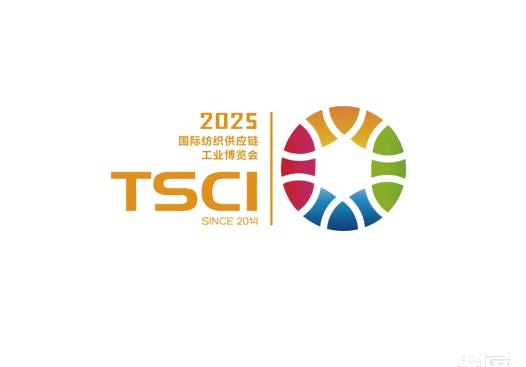
It’s not impossible to strike the right balance between socializing and educating when designing an event. Here’s how these events do it.
By Beth Surmont
If a noisy, crowded reception doesn’t deliver the human connection attendees crave, try adjusting your plans.

Beth Surmont, CMP Fellow, FASAE, CAE
There is a growing tension between what attendees want to get out of live events and what their bosses (the approvers) want as a result of their participation. “I go to events to network with colleagues,” we are told time and again, “but my boss will only approve my trip if I see a lot of educational opportunities.” “I don’t want to approve a waste of time,” the bosses say. “I’m not going to let them hang out at an open bar with their friends. I need them to come back with practical, actionable information.”
How do we ultimately solve these two problems? We cram too much content into our events and leave attendees alone to mingle in noisy receptions and hallways. We see that two cycles into this new post-pandemic event era, this outdated model is quickly losing its appeal.
In a hybrid work environment where we are often isolated from our colleagues, in-person events provide a unique opportunity to connect face-to-face with professionals who are dealing with the same issues as us. This is more than just small talk. Participants want to brainstorm, benchmark, discuss, vent, problem-solve, share, or even just enjoy the company of people facing similar challenges.
The good news is that we can design for this tension. We can adjust our programming to strike the right balance between connection and education. As a bonus, we can create more compelling, valuable, and entertaining events.
There are many ways to achieve this. Here are three successful examples we’ve seen recently.
1. Don’t wait for fun. We all know the standard timeline for events, where we usually have a few sessions to get through before the fun stuff starts. We delay gratification—and what people come to do, which is connect with each other. FLEX Camp, a regional event for event executives, breaks that mold. Before the opening speaker, before the sponsors acknowledged, and even before the welcome speech, organizers had the audience break into groups of three and asked everyone to share what they were good at and what they needed help with. The result was an instant burst of energy and connection. Suddenly, everyone in the room felt like old friends.
2. Design the connection in the session. When a client recently needed teams to be more empowered and aligned to make tough decisions, we designed a powerful scenario session where teams had to work through a fictitious case study and decide where they would make a hypothetical investment. The key was that each path given offered relatively equal opportunities for good and bad. Teams had to discuss the options together and agree on a decision, which they then had to defend to their colleagues. In addition to building skills through real-world application, teams expressed the joy they had solving problems together.
3. Encourage organic growth of the group. As we walked down the hallway at the Destinations International conference in July, a woman handed me a ribbon with a strange set of initials on it—SWWGSD—and told me to attend an undisclosed reception at 4 p.m. The woman was Tammy Blount-Canavan, president and CEO of Visit Seattle and founder of SWWGSD (Smart Women Who Get Sh*t Done), a group that grew organically from a handful of women who met at the conference each year. At this year’s DI conference reception, about 100 people filled the room to celebrate one another and invite newcomers to take the oath of office. By making room for this organic community, organizers build loyalty and connection to the event.
None of these options require expensive investments or even a lot of time to develop. But they do require organizers to be intentional about building connections at their events. Let’s do that, too. The Art of Partying Author Priya Parker says, “Connections don’t happen automatically. You have to design for them.”
Beth Surmont, FASAE, CMP-Fellow, CAE, is the vice president of event strategy and design at 360 Live Media, a marketing, strategy, and experience agency.











Leave a Reply Cancel reply
You must be logged in to post a comment.